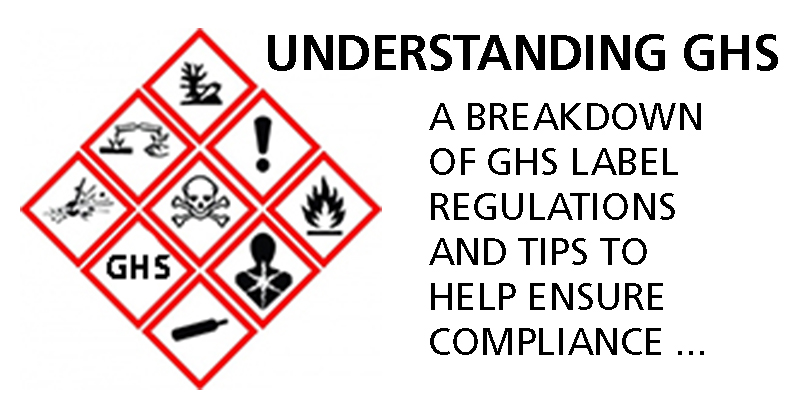
Historically, companies have been allowed to create their own labels using pictograms to depict dangers of the product. As of June 1, 2015, all labels will be required to follow a specific template and use global pictograms. The pictograms are now standardized to make it easier for people around the world to understand dangers. These new modifications are expected to prevent 500 workplace injuries and illnesses and 43 fatalities annually.
The new GHS label template has several standardized elements that need to be included on each label. These requirements are:
The standardized elements will require you to gather information from your ERP system, as well as from external chemical databases.
It might sound daunting, but utilizing a labeling solution like Print Suite Bridge, that enables you to pull this information from numerous sources and print it all to one label can help eliminate any extra steps. These solutions bring everything conveniently together, allowing you to login to one place and complete your work efficiently and correctly, according to OSHA standards.
As for printing, even if you use multiple carriers for your shipping, it’s a ‘one-stop-shop’ as well. If you want to print carrier-specific labels, you don’t have to waste time and money on unnecessary hardware – using a labeling solution allows you to print everything from one printer.
June 1st is quickly approaching. If you have questions about GHS Label requirements or want to learn more about labeling solutions that can help, speak to our team today.
Get a monthly recap of our latest Educational Content.
© 2025 RF-SMART. All rights reserved. Privacy Policy